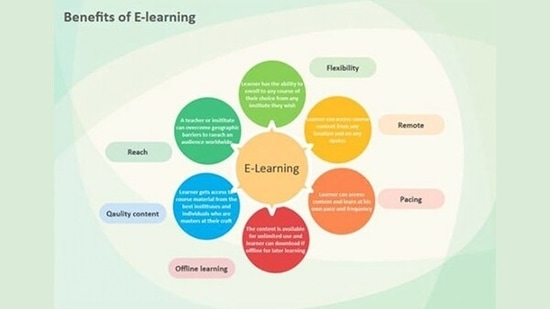Constructivism theory suggests that students learn best when they construct their own knowledge through experience. As educators, we create opportunities for students to actively engage in learning by providing problem-solving and inquiry-based learning activities that allow them to discover and transform information through experience. Within Constructivism theory, students are active agents in knowledge acquisition through assimilation (fitting new information into an existing schema) or accommodation (revising and redeveloping an existing schema using newly acquired information).
In my current teaching and learning practice, we use inquiry-based learning (IBL), problem-based learning (PBL), reciprocal teaching, and cooperative learning to maximize learners’ participation. We also have multidisciplinary members participate in real-case scenario simulations, where pre-readings are distributed before the simulation, and participants are encouraged to lead the case scenario. All simulations are researched and evidence-based, and our goal is to create a harmonious, safe environment that allows participants to reenact the case scenario as close to reality as possible.
Constructivism has several advantages, including making content more relevant to students’ future practice, encouraging critical thinking and problem-solving skills, promoting active engagement and participation, and fostering a deep understanding of concepts. It also facilitates social interaction and collaboration in learning, which is essential in healthcare. Constructivism allows students to benefit from diverse perspectives and experiences within the group and enhances communication and teamwork skills. It also promotes leadership skills by encouraging students to be the “lead” of the simulation while solving a real-world problem and integrating knowledge from different areas, reflecting the interdisciplinary nature of healthcare.
However, constructivism has disadvantages, such as designing and implementing effective PBL. Facilitators may require more time and effort to prepare resources and content suitable for the students, which determines the effectiveness of the case study. Online collaboration may also face challenges due to technical difficulties and digital literacy, and scheduling and coordinating group activities may pose logistical challenges. Some students may find it difficult to transition from lecture-based learning to PBL.
Online teaching and learning can benefit nursing study by allowing flexibility. It enables students to access class materials independently and from different locations, allows facilitators to share knowledge beyond geographical boundaries, exposes students to diverse perspectives, and facilitates interactive and collaborative activities. Online learning provides a safe and controlled environment for students to apply theoretical knowledge and analyze and synthesize material based on real-life situations. It also provides multimedia content, discussion forums, and interactive activities that can promote active learning.
However, the limitation of online learning is the lack of hands-on clinical experience crucial to nursing education. Hands-on experience includes having human face-to-face interactions with coworkers and patients, gaining experience from using physical equipment, and participating in real-world practice discussions instead of relying on internet searches.
By working collaboratively, students preparing for and presenting grand rounds and simulations would benefit the most from online teaching and learning. Preparing for grand rounds allows students to collaborate to research, present, and problem-solve with critical thinking, which fosters communication skills and teamwork. However, the downside of online projects is that it can be difficult to coordinate and communicate virtually when some students are in a different geographical location with a different time zone, and language can also be a barrier.
In conclusion, integrating constructivist principles into online nursing education can enhance the learning experience by promoting active engagement, critical thinking, and relevance to real-world practice. However, facilitators and educators need to be mindful of potential challenges such as technological limitations, the need for hands-on clinical experiences, and the importance of maintaining social interaction in the virtual learning environment. Effective implementation requires a thoughtful blend of pedagogical strategies, technology integration, and ongoing support for educators and students.
Reference
Bada, S. O., & Olusegun, S. (2015). Constructivism learning theory: A paradigm for teaching and learning. Journal of Research & Method in Education, 5(6), 66-70.
Constructivism as a Paradigm for Teaching and Learning. (n.d.). https://www.thirteen.org/edonline/concept2class/constructivism/index.html
Constructivism. Office of Curriculum, Assessment and Teaching Transformation – University at Buffalo. Retrieved from https://www.buffalo.edu/catt/develop/theory/constructivism.html
Schema theory. ETSU Center for Teaching Excellence. (2022, July 12). https://www.etsu.edu/teaching/resources/more_resources/schema.php


